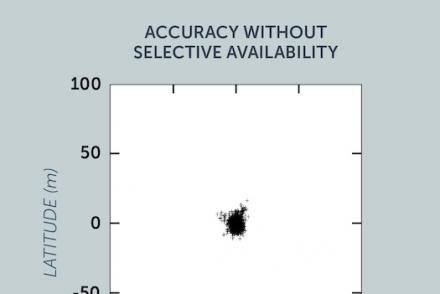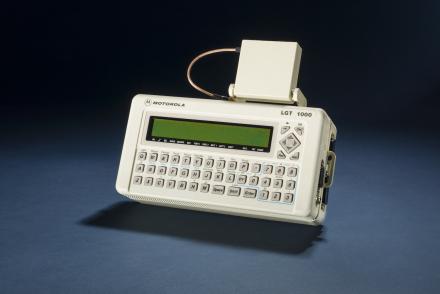Civilians begin to gain access to better accuracy.
As originally designed, GPS included “Selective Availability,” an aspect of the system that inserted timing errors into the transmissions to limit the accuracy of nonmilitary receivers.
During the Persian Gulf War in 1991, the military lacked enough GPS receivers. To satisfy demand, the Defense Department acquired civilian units and temporarily lifted Selective Availability.
Selective Availability was permanently eliminated in 2000, making it possible for civilian receivers to provide four to five times greater accuracy and helping boost the GPS market.
Code in GPS Signals
Signals sent by GPS satellites are complicated. What we learn from these signals depends on the type of equipment we use to receive them. A military pilot needs more information than someone using GPS in a car.
More Accuracy for Professional Surveys
Specialized GPS equipment was developed for high-precision surveys during the 1990s. Differential GPS uses two sources of GPS data to provide high accuracy. Surveyors used this type of system to accurately map infrastructure and survey large sites.







